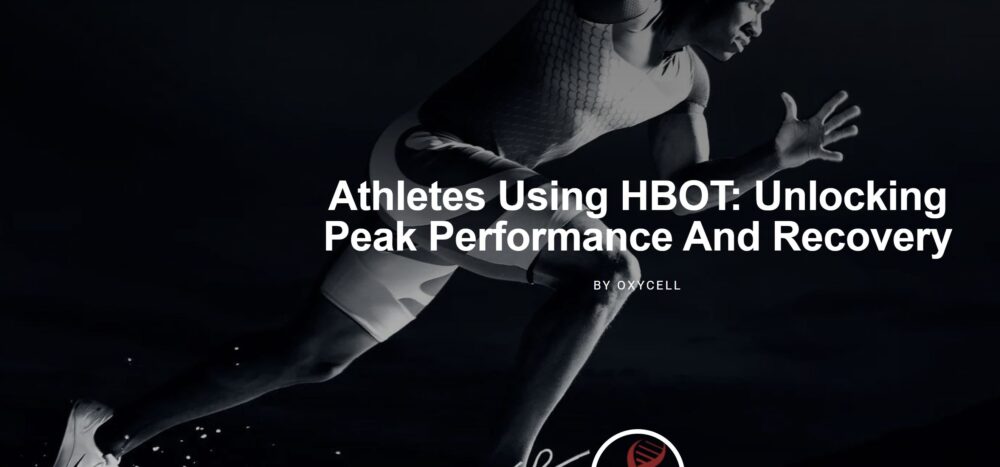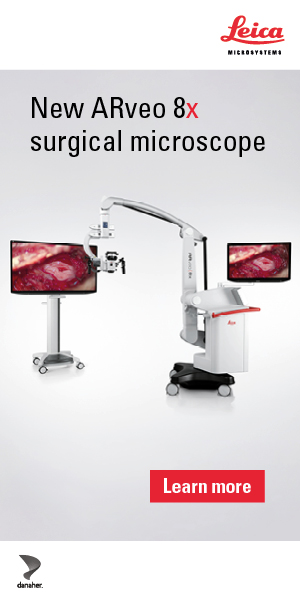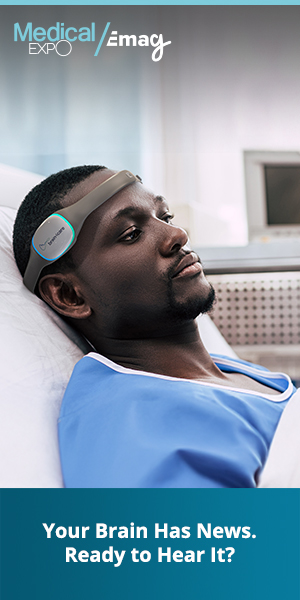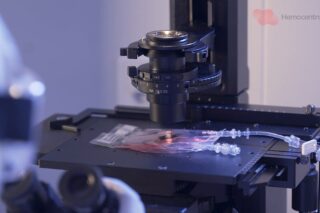Exhibited at WHX in Miami last June, the OxyPro hyperbaric chambers illustrate personalized recovery care for the sports medicine sector—and beyond.
In recent years, hyperbaric oxygen therapy (HBOT) has emerged as a cornerstone in modern sports medicine, evolving from a niche therapy into a mainstream modality for injury recovery, performance optimization, and long-term wellness. Historically associated with decompression sickness and chronic wound management, HBOT is now increasingly embraced by elite athletes seeking to reduce downtime, accelerate tissue regeneration, and preserve peak performance. High-profile endorsements from sports figures like Tom Brady, LeBron James, Serena Williams, and Cristiano Ronaldo have catapulted HBOT into the spotlight, underscoring its potential to redefine athletic recovery.
At the heart of HBOT’s clinical efficacy is its ability to deliver supraphysiologic concentrations of oxygen under increased atmospheric pressure. This enables oxygen to dissolve directly into plasma, bypassing red blood cells, and enhancing perfusion in hypoxic or injured tissues. In the context of sports medicine, this mechanism proves invaluable for managing soft tissue injuries, muscle fatigue, ligament damage, and even neurological trauma such as concussions. The convergence of physiology, bioengineering, and clinical outcomes has created fertile ground for the rise of personal hyperbaric chambers, such as the OxyPro Excel and OxyPro Ultra, tailored to meet the specific recovery needs of professional and recreational athletes alike.
Mechanisms of Action: Oxygen at the Cellular Frontier
HBOT functions through multiple synergistic mechanisms. When exposed to pressurized pure oxygen (typically 1.5 to 2.0 ATA), oxygen partial pressure increases exponentially. This results in the saturation of plasma with dissolved oxygen, enhancing oxygen diffusion into ischemic tissues. According to Henry’s Law and Boyle’s Law, this high-pressure environment also decreases gas bubble volume in tissues (relevant for decompression sickness) while driving more oxygen across alveolar-capillary membranes.
At the cellular level, increased oxygen availability fuels mitochondrial respiration, boosting ATP production—a critical factor in muscle recovery and neurocognitive function. Furthermore, HBOT induces angiogenesis, stimulates fibroblast and collagen activity, and accelerates the release of endogenous stem cells and growth factors. These processes collectively expedite tissue healing, particularly in high-turnover tissues such as ligaments, tendons, and skeletal muscle, all commonly stressed in athletic performance.
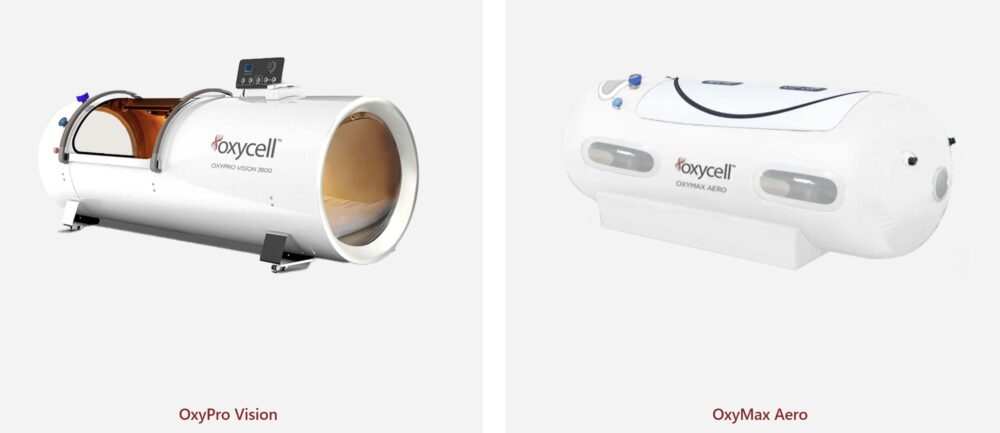
The therapy’s anti-inflammatory effects are also significant. HBOT downregulates pro-inflammatory cytokines and upregulates antioxidant enzymes, mitigating oxidative stress in musculoskeletal injuries. This is especially relevant for athletes managing cumulative trauma, tendinopathies, or recovering post-surgically. Its neuroprotective impact is of particular interest in contact sports, where repetitive sub-concussive and concussive blows elevate long-term neurological risk.
Personalized HBOT Devices: Technology Meets Therapeutic Demand
Responding to the growing demand for portable and convenient solutions, high-performance personal hyperbaric chambers such as the OxyPro Excel and OxyPro Ultra have emerged as leading options in athlete care. The OxyPro Excel, priced between $49,800 and $53,900, offers a compact, sitting-type configuration with an operating pressure range of 1.5 to 2.0 ATA, and an integrated 10.0-liter oxygen concentrator delivering 92-98% oxygen purity. It is constructed from stainless steel and aviation-grade polycarbonate, ensuring both safety and durability.
The OxyPro Ultra, a multi-place chamber priced from $64,900 to $78,900, accommodates variable seating arrangements and features a 20.0-liter oxygen concentrator delivering up to 98% purity. Its larger dimensions and superior pressure capabilities make it ideal for team settings or multi-user environments. Both models eliminate the need for traditional compressed oxygen tanks by utilizing concentrators to generate near-pure oxygen from ambient air—offering logistical and safety advantages for home or clinical use.
These devices exemplify the technological evolution of HBOT from institutionalized treatment to on-demand, personalized recovery. Athletes can integrate HBOT sessions directly into their training regimen—administering higher-pressure morning sessions to elevate VO₂ max and lower-pressure evening sessions to optimize HRV and sleep quality. This precision recovery strategy allows continuous adaptation, enhancing performance while reducing the risk of overtraining and injury.
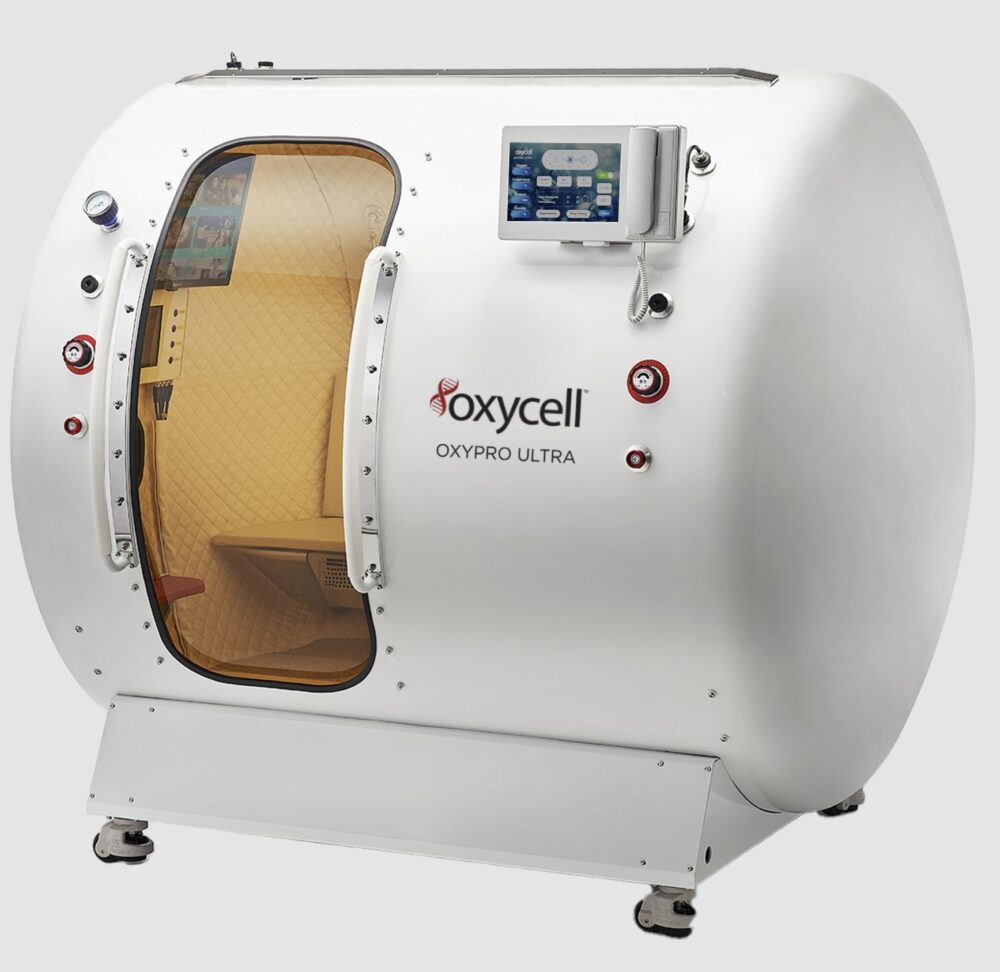
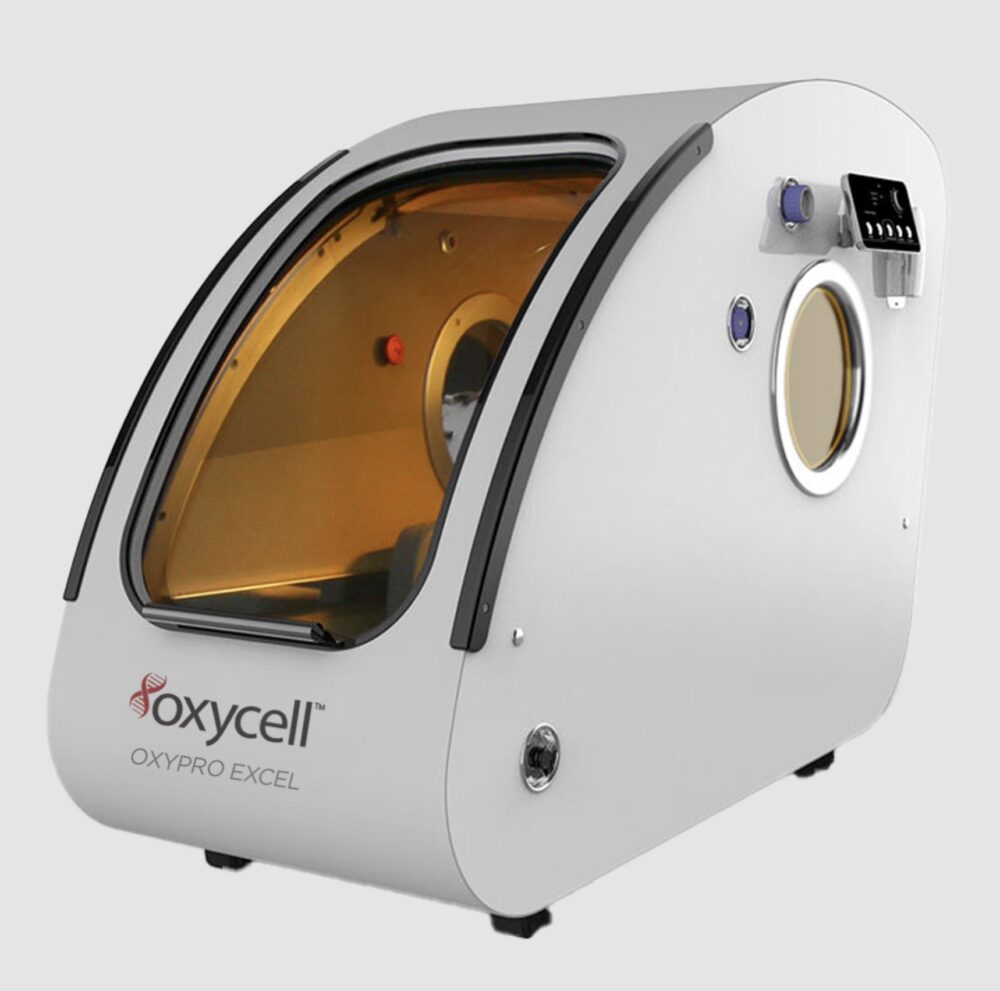
HBOT in Clinical Sports Medicine: Indications and Protocols
While FDA has cleared HBOT for 14 specific indications—including crush injuries, osteomyelitis, and radiation-induced tissue damage—sports medicine practitioners often apply HBOT for off-label but evidence-supported uses such as post-concussion recovery, muscle contusions, delayed onset muscle soreness (DOMS), and ligament sprains. Internationally, over 100 indications are recognized, lending additional support to its broader use.
Treatment protocols vary depending on the condition being addressed. Typical sessions last 60–90 minutes at 1.5–2.0 ATA, with frequency adjusted according to clinical severity and recovery goals. For acute musculoskeletal injuries, a course of 5–10 sessions may suffice, while chronic conditions may require 20 or more. Notably, recent studies suggest that early HBOT post-injury—within the first 24–48 hours—yields significantly faster tissue healing and pain reduction.
Safety remains a paramount concern, but modern chambers have addressed this with built-in safety valves, redundant oxygen monitoring, and ergonomic design features. Common side effects are minor (barotrauma, ear discomfort), and contraindications—such as untreated pneumothorax—are well-documented and easily screened. Integration with physical therapy, cryotherapy, and neuromuscular modalities creates a comprehensive, multimodal recovery platform ideal for elite and amateur athletes alike.

Future Implications: Performance Longevity Through Regenerative Medicine
Beyond injury recovery, HBOT is increasingly viewed as a performance longevity tool. Its role in extending athletic careers is exemplified by athletes like Brady and Ronaldo, whose continued elite performance into their late 30s and 40s is partially attributed to rigorous recovery routines incorporating HBOT. Studies linking HBOT to telomere elongation and stem cell mobilization position it at the intersection of regenerative medicine and athletic conditioning.
Moreover, HBOT’s cognitive benefits—enhanced focus, memory, and mood regulation—are increasingly recognized as performance-critical in sports demanding high situational awareness, such as tennis, gymnastics, and combat sports. This has prompted some sports programs to integrate HBOT as a routine part of neurocognitive health monitoring and TBI mitigation.
As the evidence base grows and device accessibility improves, HBOT is poised to become a staple in sports medicine. Personalized, at-home hyperbaric chambers now allow for precise, frequent, and individualized application—bringing advanced recovery protocols out of specialty clinics and into athletes’ daily routines. With continued innovation and broader clinical adoption, HBOT stands to revolutionize not just how athletes recover, but how they train, compete, and age.
For clinical practitioners seeking to integrate HBOT into their sports medicine practice, further information on OxyPro Excel and Ultra chambers is available through Oxycell’s sales and technical support teams.
